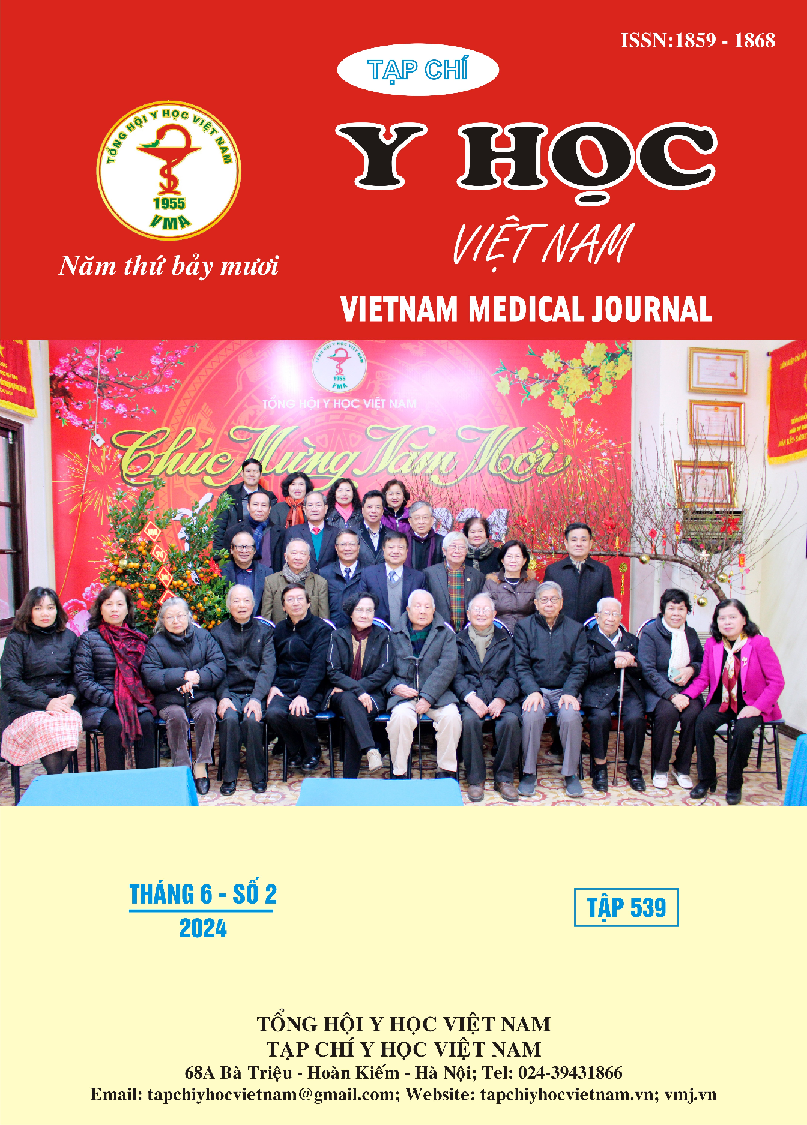VARIATIONS IN MORPHOLOGY AND ATTACHMENT OF MAXILLARY LABIAL IN VIETNAMESE ADULTS
Main Article Content
Abstract
Objectives: Investigate the position and shape of the upper lip frenum in Vietnamese adults; evaluate the perceptions of aesthetic, functional, and treatment needs in cases of abnormal frenum position. Method: The cross-sectional in 1598 first-year students of the University of Medicine and Pharmacy at Ho Chi Minh City (UMP) recorded through direct observation of the frenal attachment according to the Mirko 1974 and the shape according to the Sewerin 1971. A questionnaire has been used to evaluate the personal perceptions of aesthetic, functional, and treatment needs in individuals with abnormal frenum attachment. Results: In 1598 first-year students including 962 females (60.2%) and 636 males (39.8%), majority (70%) had simple frenum. There was a significant correlation between frenum shape and gender (p<0.05). The types with a nodule, appendix, and nichum were more frequently observed in males, whereas the simple and tectolabial types were more frequently observed in females. But there was no significant difference between genders within each type. In terms of position, the majority of frenums attached to the mucosa (65.9%) and to the gingiva (30.9%). 51 individuals (3,2%) had abnormal frenums, among which 17 people had diastemas. 28% of the papillary-attached group had diastemas, whereas 100% of the papillary-penetrated group had this condition. The diastemas percentage in normal and abnormal group is statistically significant (p < 0,01). Only 17.6% of cases with abnormal frenum have a desire for intervention to improve aesthetics. Conclusion: The most popular frenum type belongs to the simple (70%) and attached-mucosa (65.9%) and attached-gingiva (30.9%). The abnormal attachment position of the upper frenum relates to the presence of diastema (p < 0,01).
Article Details
References
2. Boutsi EA, Tatakis DN. Maxillary labial frenum attachment in children. Int J Paediatr Dent. 2011;21(4):284-288.
3. Sewerin I. Prevalence of variations and anomalies of the upper labial frenum. Acta Odontol Scand. 1971;29(4):487-496
4. Townsend JA, Brannon RB, Cheramie T, Hagan J. Prevalence and variations of the median maxillary labial frenum in children, adolescents, and adults in a diverse population. Gen Dent. 2013;61(2):57-60; quiz 61
5. Mirko P, Miroslav S, Lubor M. Significance of the labial frenum attachment in periodontal disease in man. Part I. Classification and epidemiology of the labial frenum attachment. J Periodontol. 1974;45(12):891-894..
6. Rathod S, Bawankar PV, Chikhale P, Bidwaikar A. Evaluation of variations in morphology and attachment of frenum in diverse population - A cross-sectional study. Clinical Epidemiology and Global Health. 2020;8(4):1094-1097.
7. Jindal V, Kaur R, Goel A, Mahajan A, Mahajan N, Mahajan A. Variations in the frenal morphology in the diverse population: A clinical study. Journal of Indian Society of Periodontology. 2016;20(3):320.


